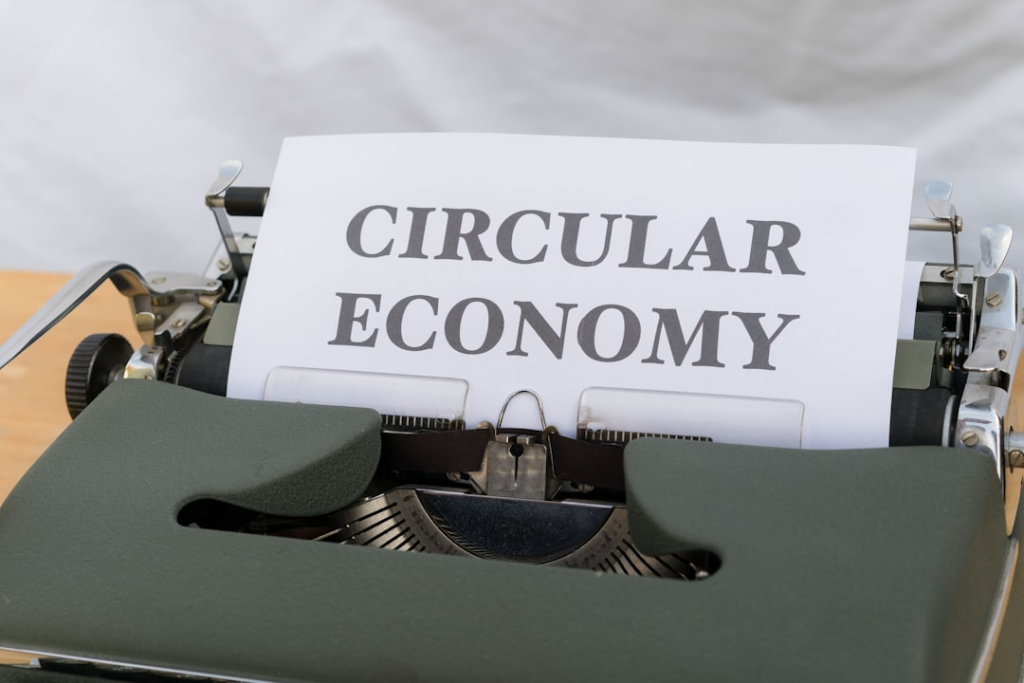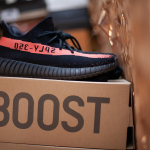The promise of quick cash from flipping items on online marketplaces can be incredibly tempting. You see a great deal, imagine a tidy profit, and picture effortless income. But beneath the surface of seemingly easy money lies a complex world of resale economics where “profit” isn’t always what it seems. This guide will walk you through understanding realistic flipping profit margins, uncovering the hidden labor and transaction costs, and applying principles of small business finance to evaluate opportunities. By the end, you’ll be equipped to perform a thorough profitability analysis, considering the time value of money and ultimately maximizing your returns in the thriving resale market.
The Allure of Easy Money: Understanding the Flipping Phenomenon
Have you ever scrolled through online marketplaces and seen incredible deals, imagining immediate flipping profit margins? Then you’ve experienced the pull of the flipping phenomenon! Many are drawn to this market, perceiving it as a straightforward path to quick wealth. However, you’ll find that truly understanding this allure requires a deeper look into the dynamic forces shaping today’s resale landscape.
| Market Aspect | Description |
|---|---|
| Growth Drivers | Affordability, sustainability, and the thrill of discovery are key motivations for consumers, especially Gen Z, driving significant market expansion. |
| Market Size | The global resale market for fashion and luxury goods is projected to reach $320 billion to $360 billion by 2030, outpacing primary sales growth. |
| Accessibility | Platforms like Depop, Poshmark, and Mercari have transformed thrifting into accessible small business finance, connecting sellers with global buyers. |

When you calculate flipping profit margins, many tend to focus solely on purchase and sale prices. However, successfully navigating online marketplaces and achieving true profitability requires a deeper understanding of all associated expenses. You must consider the time value of money and numerous hidden costs that can chip away at your earnings.
To truly understand your small business finance in the resale market, consider the following:
| Cost Category | Examples | Impact on Profit |
|---|---|---|
| Sourcing Time | Research, travel to thrift stores, negotiation | Reduces net profit per item if not accounted for |
| Preparation | Cleaning, repairs, photography, listing creation | Direct labor cost; affects listing attractiveness |
| Platform Fees | Listing fees, final value fees, payment processing | Significant deduction from gross sale price |
| Shipping & Handling | Packaging materials, postage, insurance | Directly reduces net profit; crucial for customer satisfaction |
| Returns & Customer Service | Time spent resolving issues, return shipping | Can erase profits on individual items |
Remember to factor these elements into your pricing strategy, ensuring you accurately assess the true cost of each flip.
Calculating True Profitability: A Realistic Approach to Resale Economics
To truly understand your flipping profit margins, you must go beyond the initial sale price. Consider all expenses, including sourcing, cleaning, repairs, and shipping. Furthermore, factor in the “opportunity cost” of your time; what else could you have been doing?
For instance, consider the breakdown:
| Cost Type | Example Expense |
|---|---|
| Purchase Price | $10 (thrift find) |
| Cleaning/Repair | $5 (materials) |
| Listing Fees | $2 (online marketplace) |
| Shipping Costs | $8 (packaging/postage) |
If you sell this item for $40, your gross profit is $15. However, if researching, cleaning, listing, and shipping took you 3 hours, your hourly return is only $5. This realistic view is crucial for small business finance. Therefore, evaluate the time value of money and continuously refine your approach to online marketplaces to maximize efficiency.
Strategies for Sustainable Success: Maximizing Your Time and Returns in Resale
To truly achieve sustainable success in the flipping market, you must strategically optimize your efforts. Furthermore, focus on items with high demand and strong flipping profit margins. Utilize online marketplaces effectively to reach a broader audience, but be mindful of associated fees.
Here are some key strategies to consider:
| Strategy | Description |
|---|---|
| Efficient Sourcing | Streamline your product acquisition process. This includes knowing where to find undervalued items, building relationships with suppliers, and leveraging technology to identify trends. |
| Value-Added Services | Consider minor repairs, cleaning, or authentication for items, especially in categories like luxury goods where these services can significantly increase resale value. |
| Market Specialization | Become an expert in a niche market. This reduces competition, allows for more accurate pricing, and builds brand recognition. For example, specializing in vintage concert tees can yield substantial returns. |
| Time Management | Evaluate your time investment in each flip. Remember the time value of money and ensure your hourly returns are worthwhile. Implement efficient listing, packaging, and shipping processes. Many successful small business finance models prioritize automation. |
| Leverage Technology | Use AI-powered tools for pricing and market analysis to stay ahead. As revealed by ThredUp’s 2025 Resale Report, AI makes secondhand shopping easier, improving search and personalization, which can boost your sales. |
By implementing these strategies, you can transform sporadic profits into a consistent and rewarding venture.

Frequently Asked Questions
What is the global resale market projected to be by 2030?
The global resale market for fashion and luxury goods is projected to reach between $320 billion and $360 billion by 2030, according to a recent study by Boston Consulting Group and Vestiaire Collective. This indicates a significant and rapid expansion of the market, which is growing three times faster than primary sales in the fashion and luxury sectors. The study highlights that resale is no longer a niche market but an essential channel reshaping consumer shopping behaviors, particularly among Gen Z and U.S. consumers affected by inflation. This growth is driven by both affordability and a growing awareness of sustainability.
What are the main drivers behind the growth of the resale market?
The primary driver for the growth of the resale market is affordability, with 78% of respondents in a survey citing price as their main motivation. This is especially true for aspirational buyers who seek premium labels that might otherwise be out of their budget. Beyond price, accessibility to brands, the thrill of finding unique items, and sustainability concerns also play significant roles. For European consumers, regulatory support and heightened awareness of circularity and sustainability are key factors, while U.S. consumers are more driven by value and brand accessibility, particularly in response to inflation and economic uncertainty. The ability to discover new brands through secondhand purchases is also a notable driver, with 66% of respondents reporting this experience.
How do U.S. and European consumers differ in their motivations for engaging in resale?
U.S. and European consumers show marked regional differences in their motivations for engaging in the resale market. While affordability is the top driver in both markets, 87% of U.S. respondents cited price as their primary reason, an 11-percentage-point difference compared to Europe. U.S. consumers also exhibit a more transactional, value-led approach, often preferring secondhand luxury labels over more affordable new premium items, influenced by economic concerns and inflation. In contrast, sustainability is a higher priority for European consumers, with 33% reporting that resale supports more sustainable fashion behaviors, compared to 28% in the U.S. Additionally, Europe’s growth in the resale market is fueled by regulatory support from the European Union, alongside increased consumer awareness around sustainability and circularity.
What are Digital Product Passports (DPPs) and how are they relevant to the resale market?
Digital Product Passports (DPPs) are a new technology solution designed to enhance trust, transparency, and traceability within the resale market, particularly in the luxury segment where authentication is a major concern. DPPs involve structured data that follows a product throughout its entire lifecycle, from production details to ownership changes. They promise to streamline verification processes, improve the efficiency of resale transactions, and offer richer product histories. Industry experts view DPPs as crucial infrastructure for securely scaling the resale market and for adding storytelling capabilities to products. Although two-thirds of consumers are currently unfamiliar with DPPs, those who understand them recognize their value for authentication and for providing detailed product specifications, especially for items like handbags, where nearly 80% of respondents desire access to this information. DPPs are expected to become mandatory for textiles in Europe by 2027, giving early adopters a significant advantage in building brand loyalty and supporting authentication services.














Comments are closed.